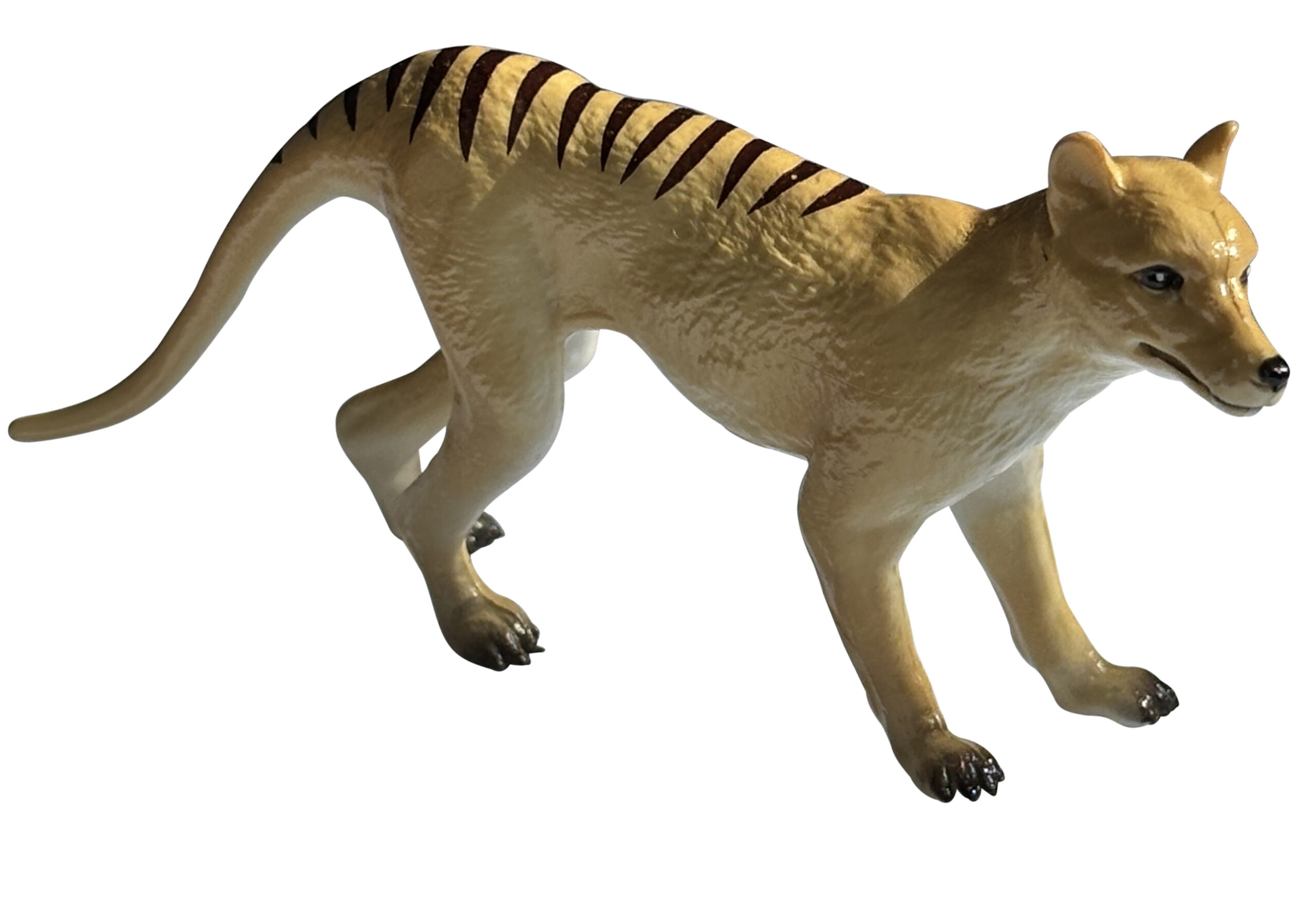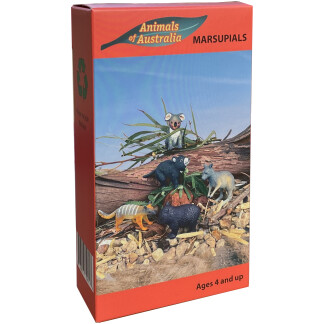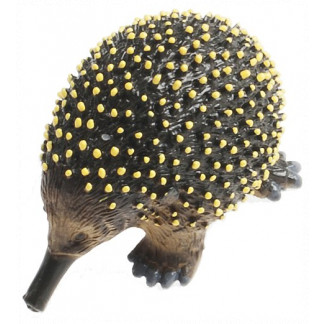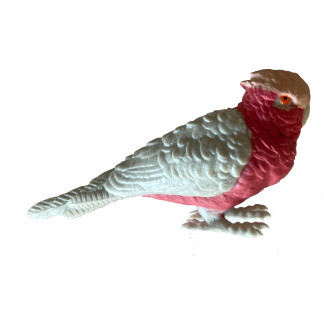Description
Hand painted plastic replica of Thylacine. Supplied in packs of 10.
The thylacine (Thylacinus cynocephalus), also known as the Tasmanian tiger or Tasmanian wolf, was a carnivorous marsupial native to Tasmania, Australia, and New Guinea. It was the largest known carnivorous marsupial of modern times, resembling a large dog with some unique features.
Here are some key characteristics and facts about the thylacine:
- Appearance: Thylacines had a slender body with a stiff, kangaroo-like tail, and their fur was short and coarse. They had a sandy or yellow-brown coat with distinct dark stripes across their back and tail, which led to the nickname “Tasmanian tiger.”
- Range: Originally, thylacines were distributed throughout Australia and New Guinea, but by the time of European settlement, they were mostly restricted to the island of Tasmania.
- Diet: Thylacines were carnivorous and primarily fed on small to medium-sized animals, including kangaroos, wallabies, and birds. They were known to be opportunistic hunters and scavengers.
- Extinction: The thylacine is believed to have become extinct in the 20th century, with the last known individual dying in captivity at the Beaumaris Zoo in Hobart, Tasmania, in 1936. Habitat loss, competition with introduced species like dingoes, and hunting by humans are believed to have contributed to their decline.
- Controversy: Despite being declared extinct, there have been numerous reported sightings and unconfirmed sightings of thylacines in the wild. These claims have led to ongoing debates and expeditions in search of evidence of their continued existence, but no conclusive proof has been found to date.
- Conservation Efforts: Efforts to potentially clone or resurrect the thylacine using preserved genetic material have been explored, but success in this area remains uncertain.
The thylacine is a notable example of a species that suffered a tragic decline and extinction due to human activities and environmental changes. It continues to capture the imagination of people around the world, and its mysterious status and unique appearance have made it an iconic symbol of Australian wildlife conservation efforts.




